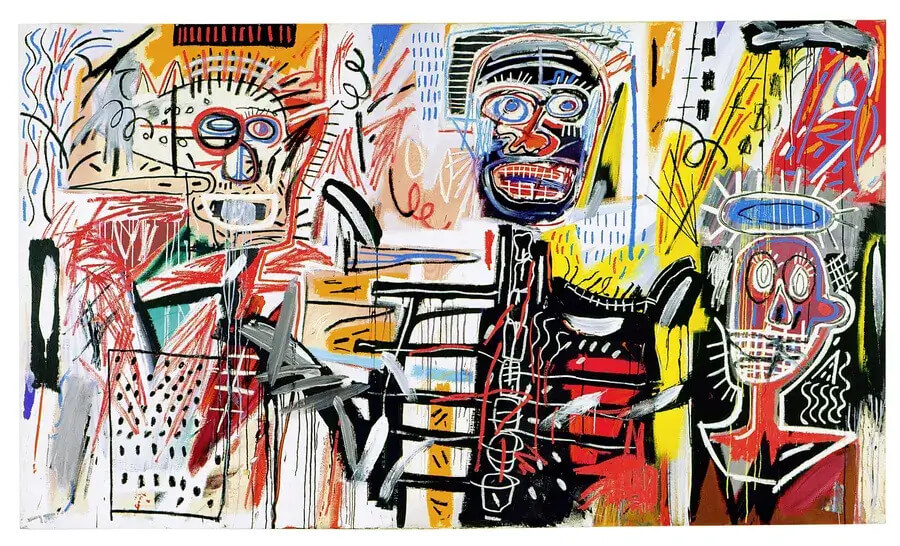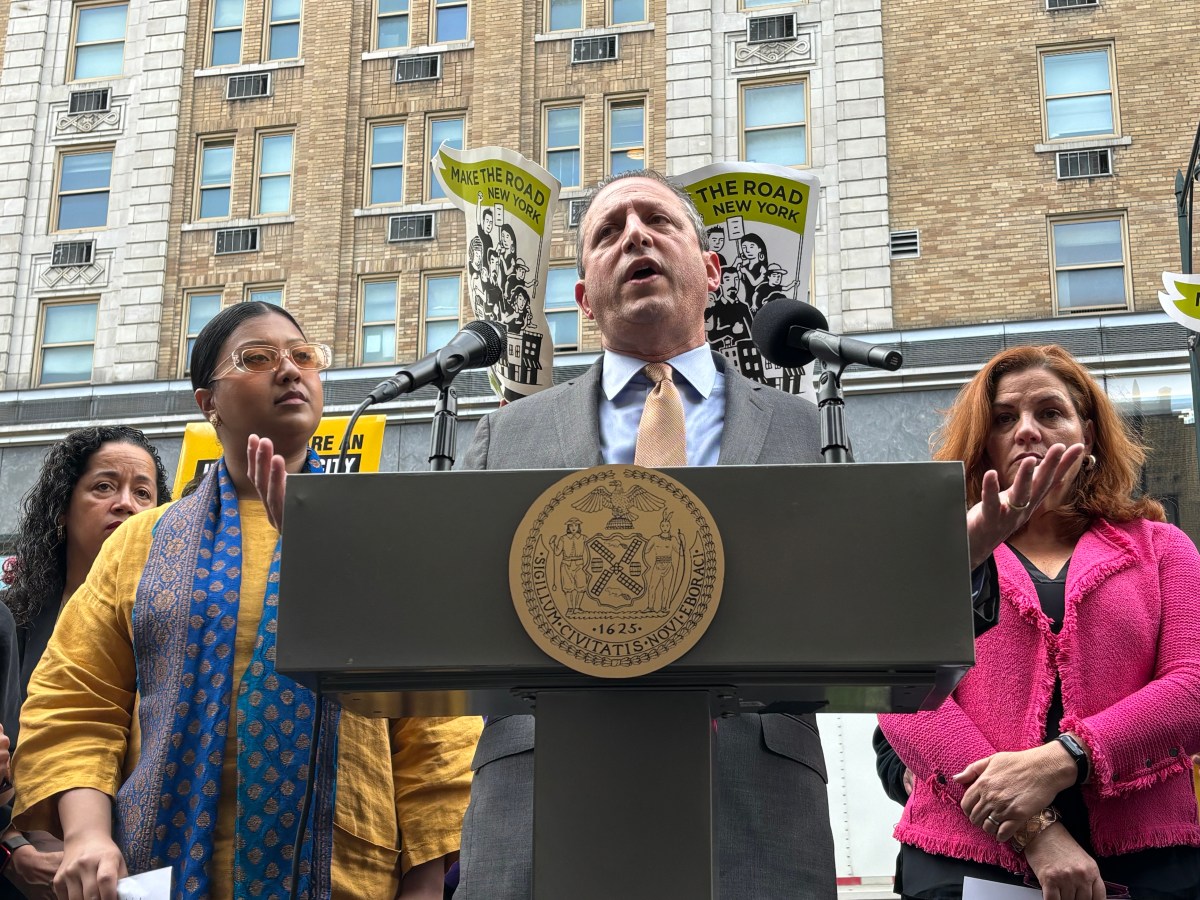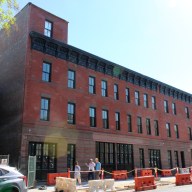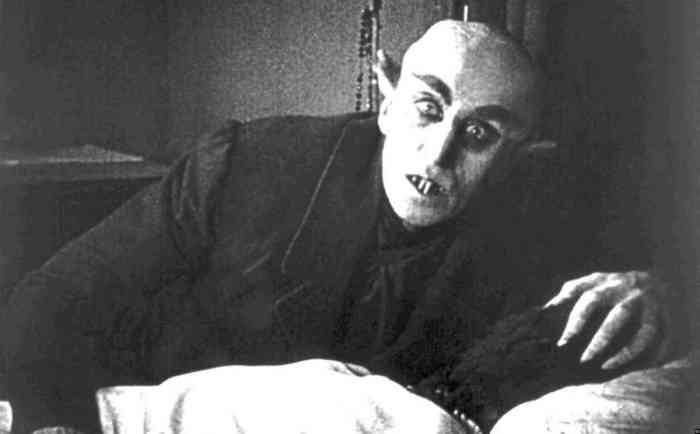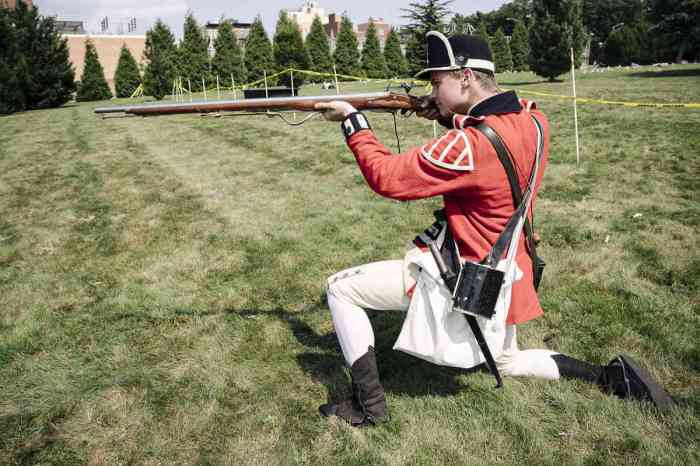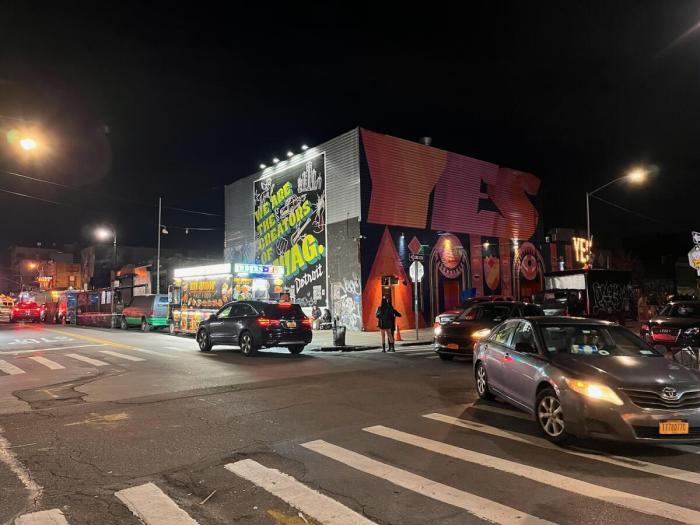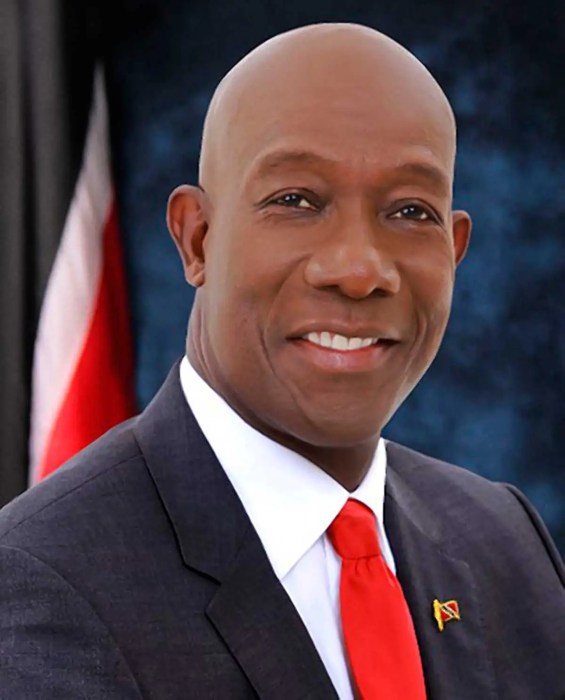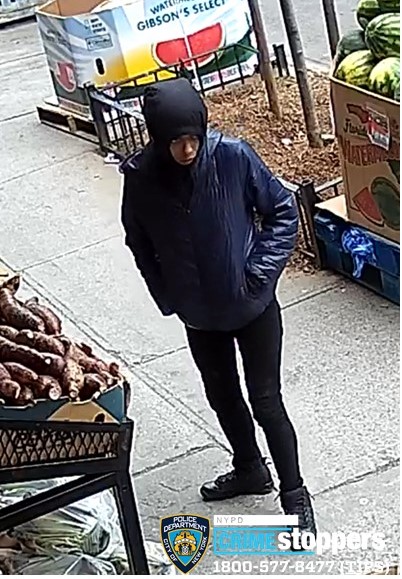Brooklyn has produced many artists who have influenced the entire world, and one of best known is Jean-Michel Basquiat. Through his productive years, art critics agree, he revolutionized the art world with bold expressive works that spoke to the grit and excess of the 80s.
Thirty-five years after he died at age 27, Basquiat’s legacy still drives hundreds of people to honor him at his gravesite in Green-Wood Cemetery each year — it’s the most-visited site on the property, according to the cemetery’s president, Richard J. Moylan.
On Sept. 7, Green-Wood will honor and celebrate his life with “From Canvas to Stage,” a night of live music, poetry, and visual art. Multidisciplinary artists will project, display, and perform their new works — each inspired by Basquiat’s art and legacy.
Jazz, Blues Gospel and Soul by Lezlie Harrison will lead the musical part of the night followed by the band Shrine for the Black Madonna, and classical music by Firey Strings Company with Nioka Workman. Seven poets and four visual artists will take part in the performance too.
“We should commemorate his death this year and every year as a way to remember that we too can be unapologetically vulnerable in this aggressive world,” said Joanna Sagesse, an associate art history professor at Brooklyn College. “His art is so full of feelings and it is so New York: busy, expressive, inviting and yet troubling.”
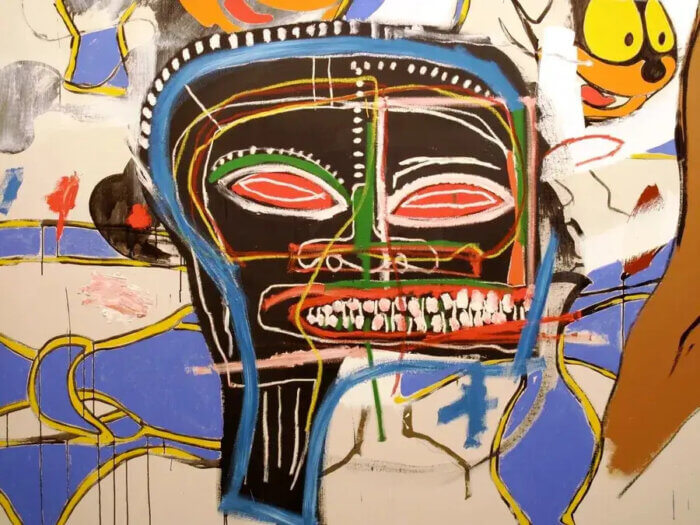
The artist produced approximately 2,100 artworks from small drawings and sprayed walls to large canvasses and even a paint-adorned refrigerator door, according to the Brooklyn Museum. Toward the end of Basquiat’s life, his works were selling for around $25,000 to the Whitney Museum and the Museum of Modern Art, where he had never been invited to put up an exhibition.
“They still call me a graffiti artist,” Basquiat told Vanity Fair at the time.
Basquiat was born in Brooklyn as the son of a Haitian immigrant father and a Puerto Rican mother. By his accounts, his father was physically abusive and his mother suffered from mental health issues. She was hospitalized for depression when Basquiat was young, but she started him into the art world by taking him to the Museum of Modern Art and the Brooklyn Museum often. She also gave him a copy of “Gray’s Anatomy,” and the anatomical drawings from the book impacted most of his art.
The artist often said he felt friendless and misunderstood. He ran away from his home and spent nights sleeping at Washington Square Park.
“He went through pain, he took it and he turned it into jaw-dropping paintings,” said Sagesse. “The heroin addiction that cost him his life was a product of the circumstances he tried so hard to scape from through his early life, and ultimately, he did, but the [suffering] remained.”
He first gained recognition as a street artist in the late 1970s when he and his friend Al Diaz created the graffiti tag “SAMO”, an abbreviation of “same old shit,” which appeared all over the Lower East Side of Manhattan.
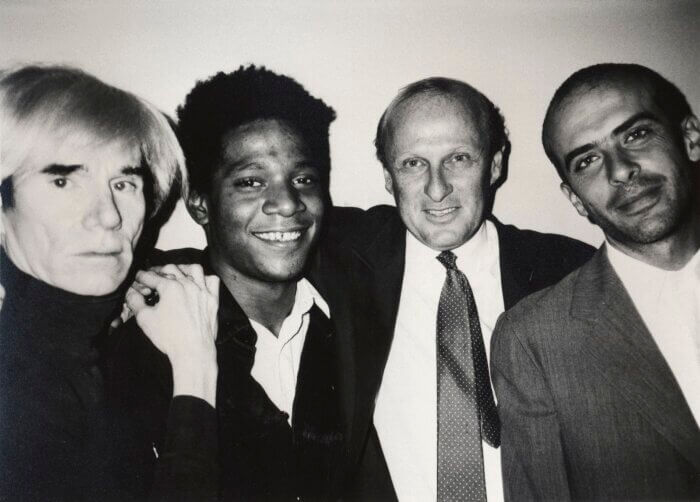
At 19, Basquiat and his work were featured in “Times Square Show,” a groundbreaking group exhibition held in a shuttered massage parlor on Seventh Avenue. That event kick-started his career. Soon, his paintings were selling for tens of thousands of dollars. Basquiat once paid for a doctor’s appointment with drawings.
He became close friends with famous lucrative artists who were also icons in New York and the rest of the world such as Andy Warhol and Keith Haring. He went on to conquer the art scene in Paris. The French newspaper Le Monde called him “the star of the American underground.”
This year, he is showcased in two exhibitions at the Fondation Louis Vuitton and the Philharmonie de Paris.
“The art world can never forget him, and neither should New York,” said Sagesse. “In a time when Andy Warhol wanted to mass produce art that reflected beauty and a luxurious way of living with neon colors, Basquiat had galleries in Europe showing the ugly and the real face of Brooklyn’s sorrows.”
From Canvas To Stage: a Tribute to Basquiat will be an event produced by Wordsmith and artist, poet, and philanthropist, Danny Simmons on Sept. 7 from 7 to 10 p.m. at 500 25th St. Tickets are $45.


